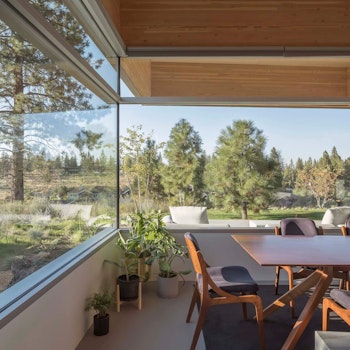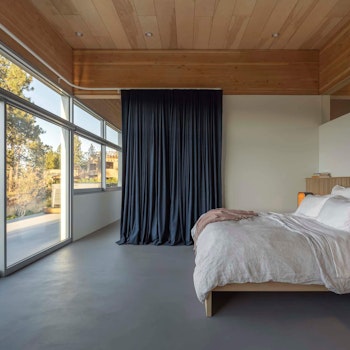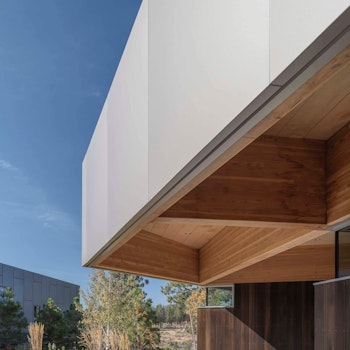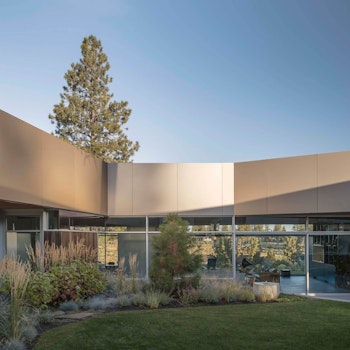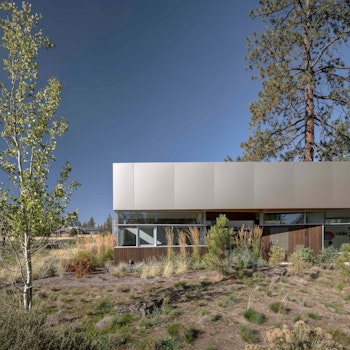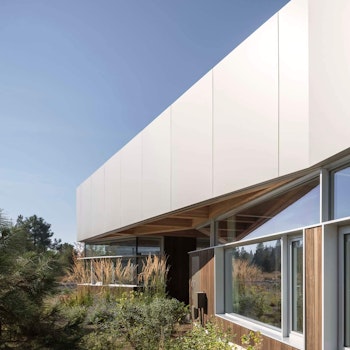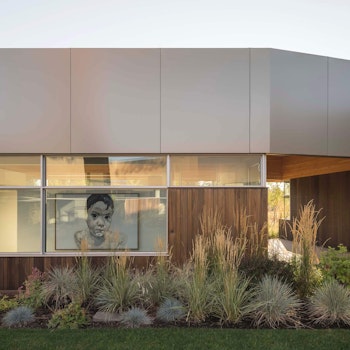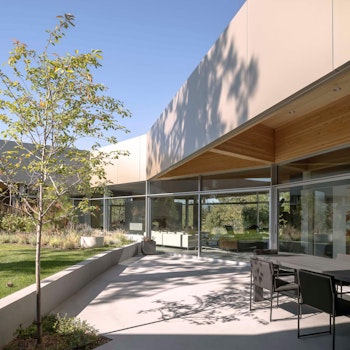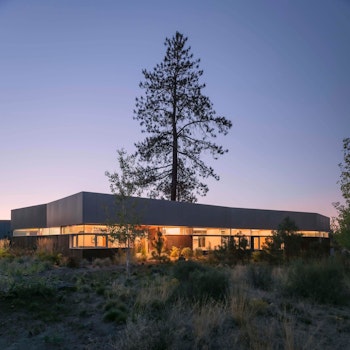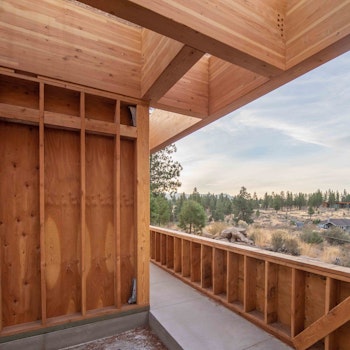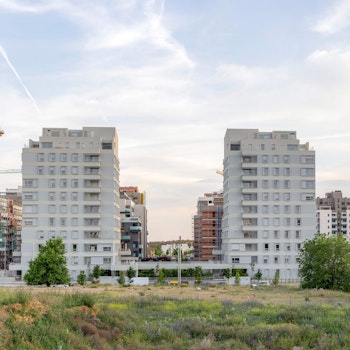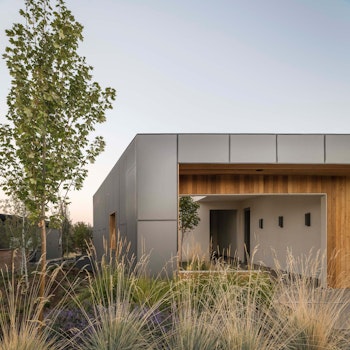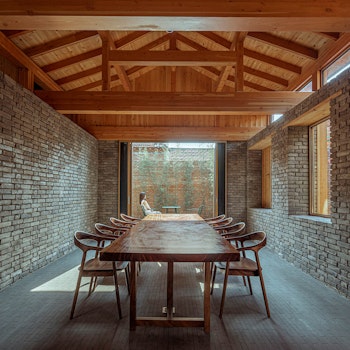ARCHITECT
FRPO RODRÍGUEZ & ORIOL
M1 House is the first of a series of projects developed for Malaspina
Design, a leading company in the design of sustainable housing in the State of Oregon, on the West Coast of the USA, which contacted us to explore the limits between the dream house of the Pacific Northwest and contemporary architecture.
Geography
The project has a deep link with the environmental conditions of the site. The first homes are located in the city of Bend, east of the Cascades, a strip of territory between the coniferous forests and mountains of the Pacific Northwest and the first foothills of the Great Basin, an arid inland basin that runs from southern Idaho to the Mojave Desert. This dual condition, between the views to the mountains and a semi-arid ground, triggers the design strategy, which has to resolve the relationship with a majestic and protected landscape, on the one hand, and the construction of more controlled, domestic exteriors, on the other.
A house around a tree
M1 House is basically a floating roof on a series of stepped platforms that follow the natural topography of the land. This simple scheme provides highly varied spatial situations based on slight variations in the level of transparency of the façades, the relationship of the groundfloor with the exterior slope, or the position in the sequence of spaces in the house.
The house is organized on a single floor. The presence of a magnificent ponderosa pine tree right in the middle of the lot orders the different rooms around it, building a continuous ring in which all the areas are arranged in a continuous sequence. The landscape design also takes part this interior-exterior diagram that enhances both worlds: the exterior natural space and the domestic and designed courtyard garden.
Systems
The house is built using a cross-laminated timber structure providing deep-edged beams that are supported by timber-framed walls placed radially around the perimeter, without touching it. This ensures the “floatability” of the roof, which is separated from the facades and cladded in a champagne-toned aluminum composite panel. The façades are built with traditional wooden framework systems -balloon frame- finished in a modified fir cladding. The floors are made up on a terraced concrete slab-on-grade foundation, under which the main facilities run.
source: FRPO Rodríguez & Oriol
YOU MAY ALSO LIKE

